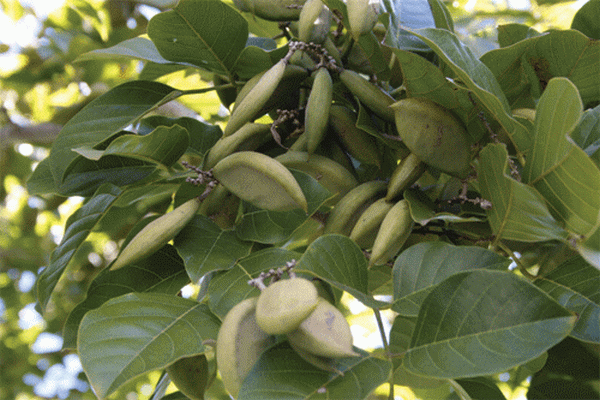
The increasing prices of gasoline have prompted many companies and innovative entrepreneurs to look for alternative sources of energy production. Eco consciousness has also forced many companies to produce biofuels in order to save environmental degradation. Here is the list of 10 best non-edible sources of biofuels:
1. Algae fuel

The fuel produced using algae is cheap and it can be used in place of fossil fuel. These days millions are spent by different governments and private companies to develop algae fuel at an affordable price. Algae fuel is better than fossil fuels because it is less polluting and biodegradable. Algae require phosphorous and nitrogen for growth and these nutrients are present in water bodies.
2. Biofuel From Non-Edible Jatropha Plant
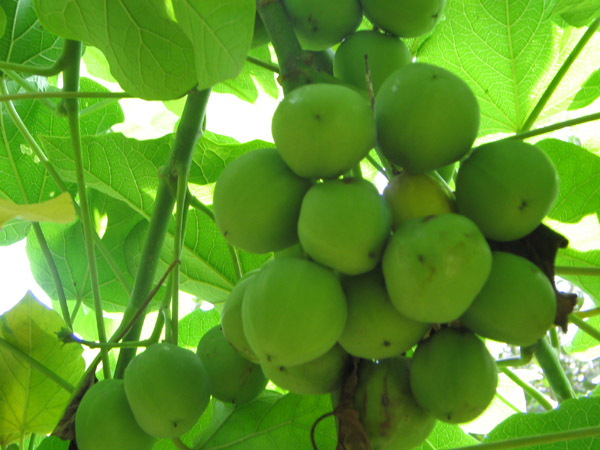
The non-profit company Business Matchmaking, Inc. deserves credit for developing biofuel from non-edible Jatropha plant. This potential biofuel can be used to power jet planes. Jatropha can grow on lands which are unsuitable for other agricultural purposes.
3. Biofuel from Pongamia Pinnata
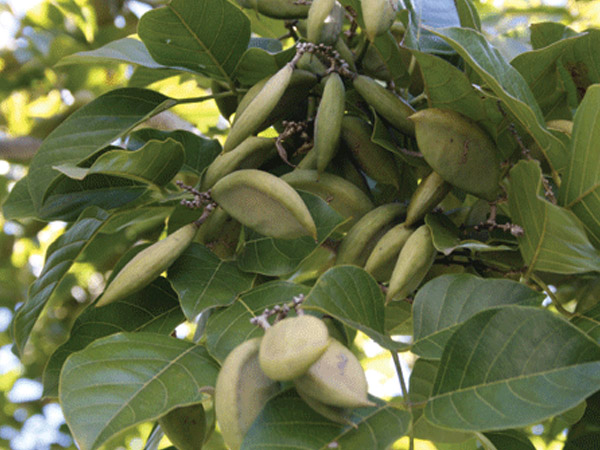
The seeds are used to extract âKARANJAOILâ, non-edible oil, which has high medicinal values. Pongamia Pinnata commonly known as Karanja is a common tree in India. The root legumes of this plant contain nitrogen-fixing bacteria. Its wood is not very strong but it is used as biofuel.
4. Biofuel from Crambe plant
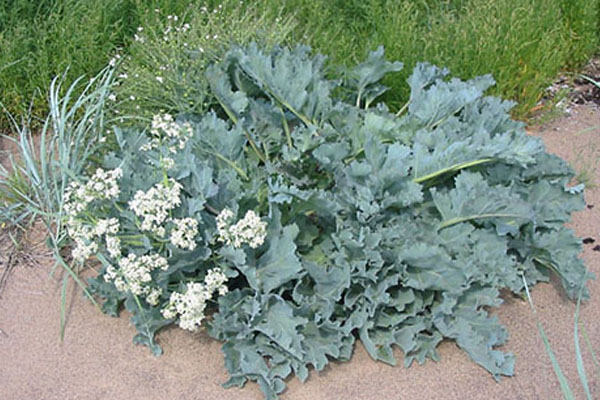
Researchers at the University of North Dakota’s Energy & Environmental Research Center are working together with experts at Texas-based firm Tesoro to produce liquid biofuels. The $1 million project will turn Crambe and some other oilseed crops into biofuels. These renewable fuels will be as efficient as other fossil fuels but they will be non-polluting and eco-friendly. Crambe has been grown in tropical and subtropical Africa, the Near East, Central and West Asia, Europe, United States, and South America.
5. Hemp Biodiesel

We have known for years that hemp can be used as biofuels and now University of Connecticut researchers have come up with methods to highlight hempâs use as a biodiesel. Professor Richard Parnas and his students have shown Hempâs potential as biodiesel by converting 97 percent of the hemp oil into fuel. Now, the Department of Energy has granted a loan of $1.8 million to build a pilot biodiesel reactor with an annual production rate of 200,000 gallons.
6. Switchgrass as a biofuel

Researchers at the University of Nebraska-Lincoln Switchgrass have demonstrated the potential of using switchgrass as biofuels. The researchers spent five years to understand the use of this prairie grass as biofuels. The researchers studied switchgrass fields in Nebraska, North Dakota and South Dakota to record the net energy output, emissions of greenhouse gas, estimated cellulosic ethanol production etc.
7. Biofuel from Salicornia
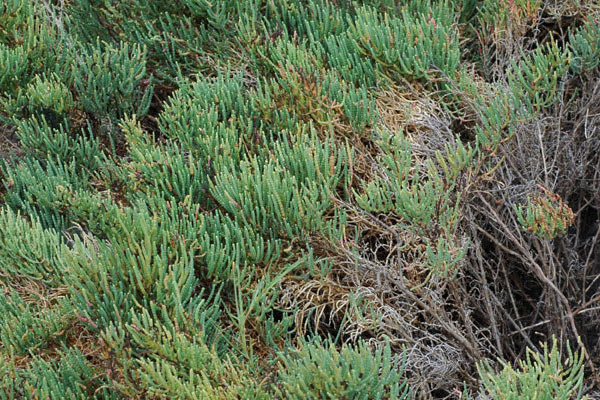
Robert Glenn, a plant biologist at University of Arizona, deserves credit for demonstrating the use of Salicornia as biofuels. Later, Jelte Rozema and Timothy Flowers, scientists at NASA, said that Glennâs work is of high significance. Glenn has claimed that Salicornia could be grown on 480,000 square miles of unused land across the globe. Saudi Arabia, Eritrea and Mexico are already running trials to examine Salicorniaâs potential as biofuels.
8. Producing gas from raw cotton

Maywa Co. has come up with a technology that can be used to produce gas using raw cotton. Maywa manufactures environmental and agricultural equipment.
9. Cloning the Diesel Tree

Chhandak Basu, an assistant professor of biological sciences, is trying to find out that whether gene cloning can be used to clone the genes of a tropical âdiesel treeâ into other plants in order to produce biofuels on a mass level. Basu is working in his lab using Arabidopsis as a model plant.
10. Biofuel from garbage

UK firm TMO Renewables has claimed that its genetically modified bacteria can produce biofuel from garbage including leaves, husks, non-edible crops, industrial waste biomass etc.


